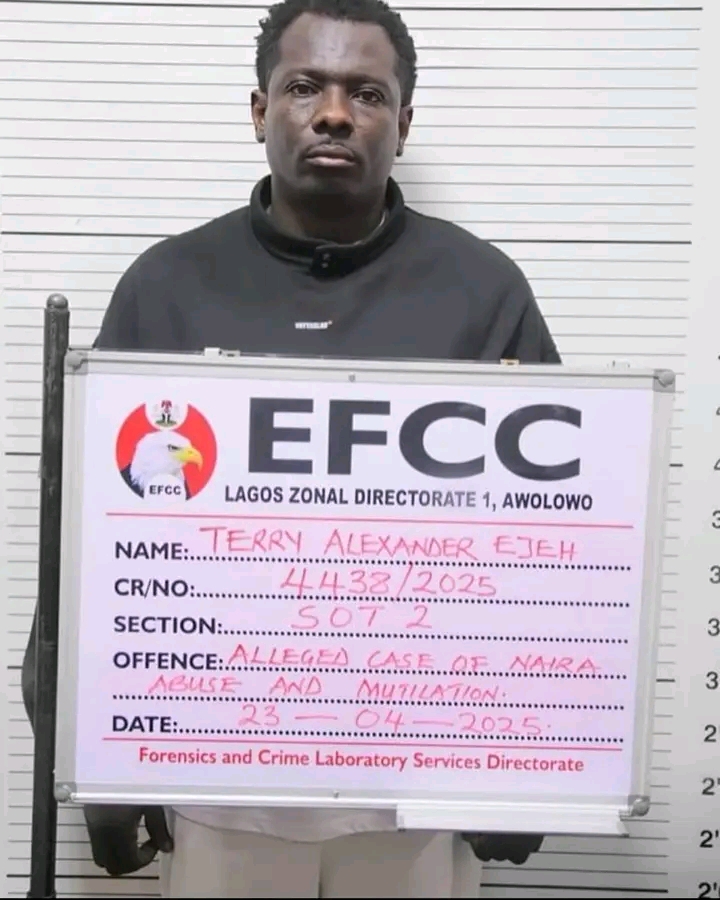Opinions expressed by Entrepreneur contributors are their own.
I saw Cirque du Soleil’s “Love” in Las Vegas recently — a show that combines the troupe’s famed dance and performance athleticism with reinventions of various Beatles hits — and two messages came through that I thought leaders needed to remember.
First is the song title, “All You Need Is Love,” and the second is a famed Lennon lyric from “Strawberry Fields Forever,” which goes, “Living is easy with eyes closed.”
Why bring these up?
My job is to strategize with leaders so that they can adapt to necessary organizational, environmental and societal shifts toward the UN’s 2030 “Countdown” environmental agenda. Now, you may have already switched to “living with your eyes closed” just reading that, considered moving on to a topic less confronting instead, yet the takeaway messages remain: Love, denial and avoidance.
Put simply: To survive, we need to start anew
Many people are struggling with work. Polycrises, seemingly never-ending stop-start change, return-to-office fears, injustice, new market forces, impending layoffs and reliably depressing climate reports have resulted in too many of us living in a “survival mode,” and that’s not good for business. But, in truth, love is all we need if we want to thrive in the world of work. When we fall “in love” with a tangible, aligned company that’s mission is connected to our reality, we all come together — and the result feels a lot like, well… love. We commit, we grow, fight for what’s right, and generate a feeling that we can accomplish anything, whatever the weather. Add an organizational environment of psychological safety, and you have geometrically enhanced the ability to collaborate and innovate in their very best forms.
Related: 10 Billionaires Stepping Up to Fight Climate Change
How eyes are opened
My job is to help leaders move from “eyes closed” to “invigorated.” Executive coaches like myself (with a career of navigating economic shifts since the ’90s) naturally turn to a tactic of providing leadership “stem cells” (aka a renewed sense of energy) to organizations ready to reinvent themselves.
To help in that effort, companies like McKinsey, PWC and EY provide data about new economic realities for organizations to adapt and move forward. And at least one aspect of our future is clear: The era of hypergrowth during Covid-19 has passed. We are now in an environment in which it’s vital to create a business that can sustain itself through new and harder times.
A simple, scalable model: the OGSM
I’m currently working with Francois (not his real name) — a senior leader in a major global energy company who is driving innovation amid significant post-pandemic global forces and through a disruptive reorganization. As I learned during my MIT program in 2022, energy is everything, so I knew only too well that his work is important to every person on the planet. In our discussions, Francois described a former boss as narcissistic and gaslighting — seemingly caught in a loop of creating disharmony in his team and organization. Critically speaking, this boss’s narcissistic behavior loop actually set the world back.
Then along came a restructuring, including more internal staff mobility. Francois is now with a new team that uses the OGSM (for “objective, goals, strategies and measures”) framework to make critical strategic moves so that the re-formed organization can deliver across various horizontal sectors.
With this new role, Francois feels like he belongs. He is feeling “love,” is happy to contribute and is in a psychologically safe environment that fosters competition-busting and market-leading plans. It now feels completely authentic for him to be in a “quadruple-espresso mode” of future-proofing — both for his global organization and its customers. Being free to communicate with “radical candor” and strategic rigor enables him to do what he always wanted: make a difference.
Related: Is ‘Green Hydrogen’ the Future? This Minnesota Gas Utility Thinks So.
How the model works
The OGSM model is simple and scalable and in essence, is a reminder for a whole organization to rally behind the CEO. Important components include:
• Objectives from the CEO
• Goals from the executive leadership team
• Strategies from that same executive leadership team, alongside directors and managers
It’s vital to keep in mind that OGSM actions need to be interconnected, each piece feeding into the other, so an organization can move forward as one. The “O” (objective) also needs to be announced by the CEO so that every C-leader is accountable for driving this mandate. This “O” runs right through every goal, strategy and measurable outcome.
How can leaders reboot their style?
Leaders make a leadership style choice every day, and their behaviors indicate their style. The narcissistic leader defends legacy processes, systems, products and methodologies to stay gainfully employed, and their teams often feel disrespected and confused about the direction of the company. Authoritative, servant, transactional and empathetic leaders, meanwhile, prefer to grow and identify key objectives to be successful, while socializing it at pace and revolutionizing their organization for the environment it’s functioning in. The problem is, with so many conflicting objectives in an era of perma-crises, it’s time leaders got back to basics — and this is not a task to be scoffed at.
Ever since my career at Sony’s PlayStation division in the ’90s, I found the most successful leaders have a sense of urgency in adapting to a new environment. They provide evidence that their goals will be correct in the coming years, and demonstrate that they are aligned with the primary objective of the CEO. Such a person drives change and will relate with every business group to evangelize and socialize — ensuring people understand both tasks and focus.
Related: Smart Tips for Setting and Actually Achieving Your Business Goals
The OGSM cycle is a delightfully simple yet exquisitely effective approach, the result of which is everyone being in synch to move an organization along the right trajectory.
Key facets:
• Understanding the prime objective of the CEO
• Creating strategies that are aligned with (or go beyond) that objective to achieve competitive advantage and long-term sustainability
• Being highly transparent about goals and how to measure them every quarter
• Reviewing them with a coach and C-leader every 30 days to see if they need to be adjusted
• Reporting market forces that will impact an organization’s “big O”
• Repeating the above steps after the introduction of every important new idea and/or piece of data
• Supporting other colleagues in understanding the prime objective, and a willingness to debate fearlessly to avoid defensive and derailing thoughts and behaviors (watch out for people defending old beliefs that are no longer relevant to the CEO’s objective)
Now, get your mission, get back to loving your work and do it with eyes wide open!
Be advised that common OGSM side-effects may include: an engaged, motivated and loyal workforce; an uptick in customer sentiment; a renewed sense of purpose; a sense of happiness (even love); and saving the planet.
Related: 7 Tips for Loving Your Career and Working With Passion


![Skánia Florestal Talks Her HBCU MADE App [Exclusive] Skánia Florestal Talks Her HBCU MADE App [Exclusive]](https://bossip.com/wp-content/uploads/sites/28/2025/04/17456192129641.png?w=1024&strip=all&quality=80)



